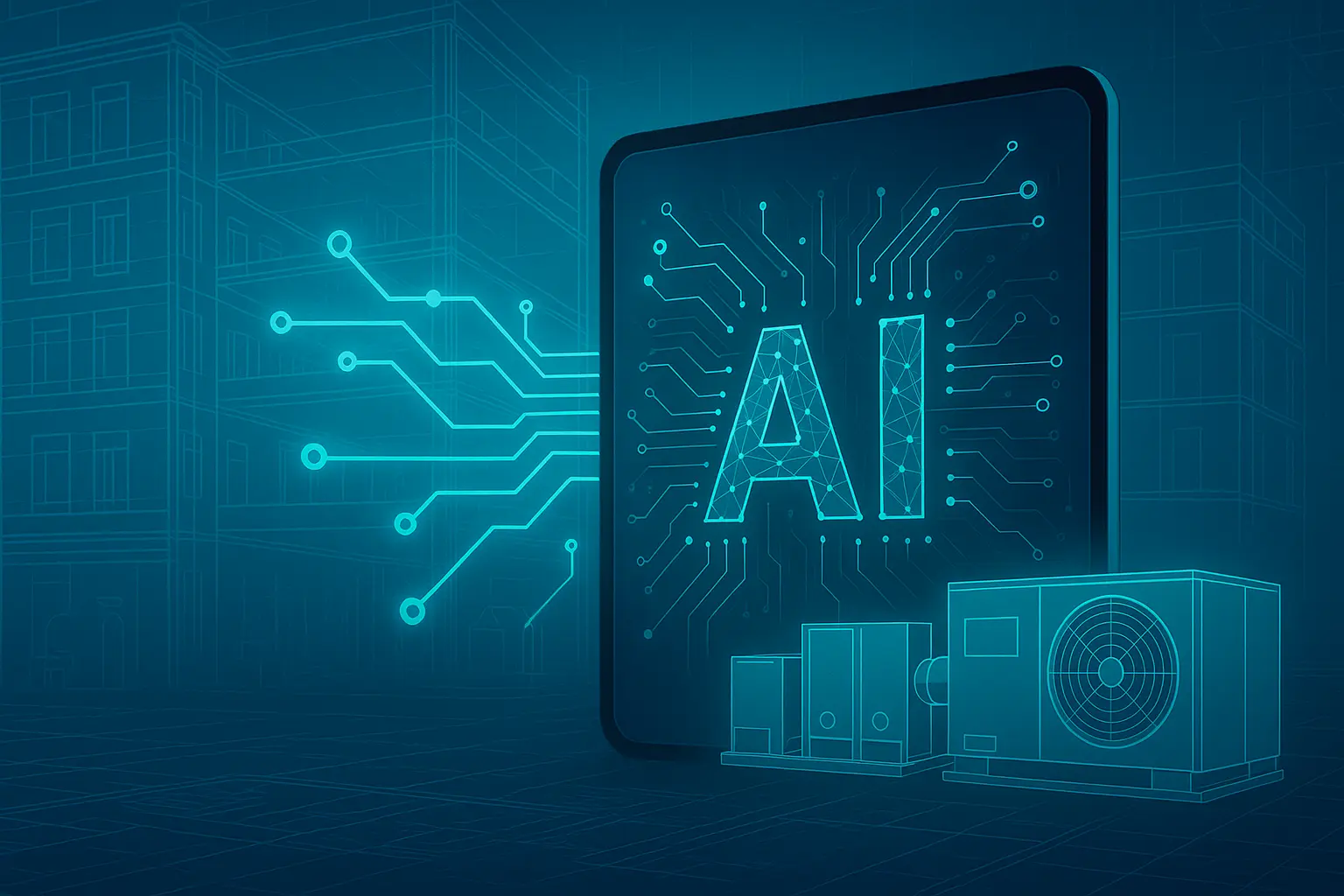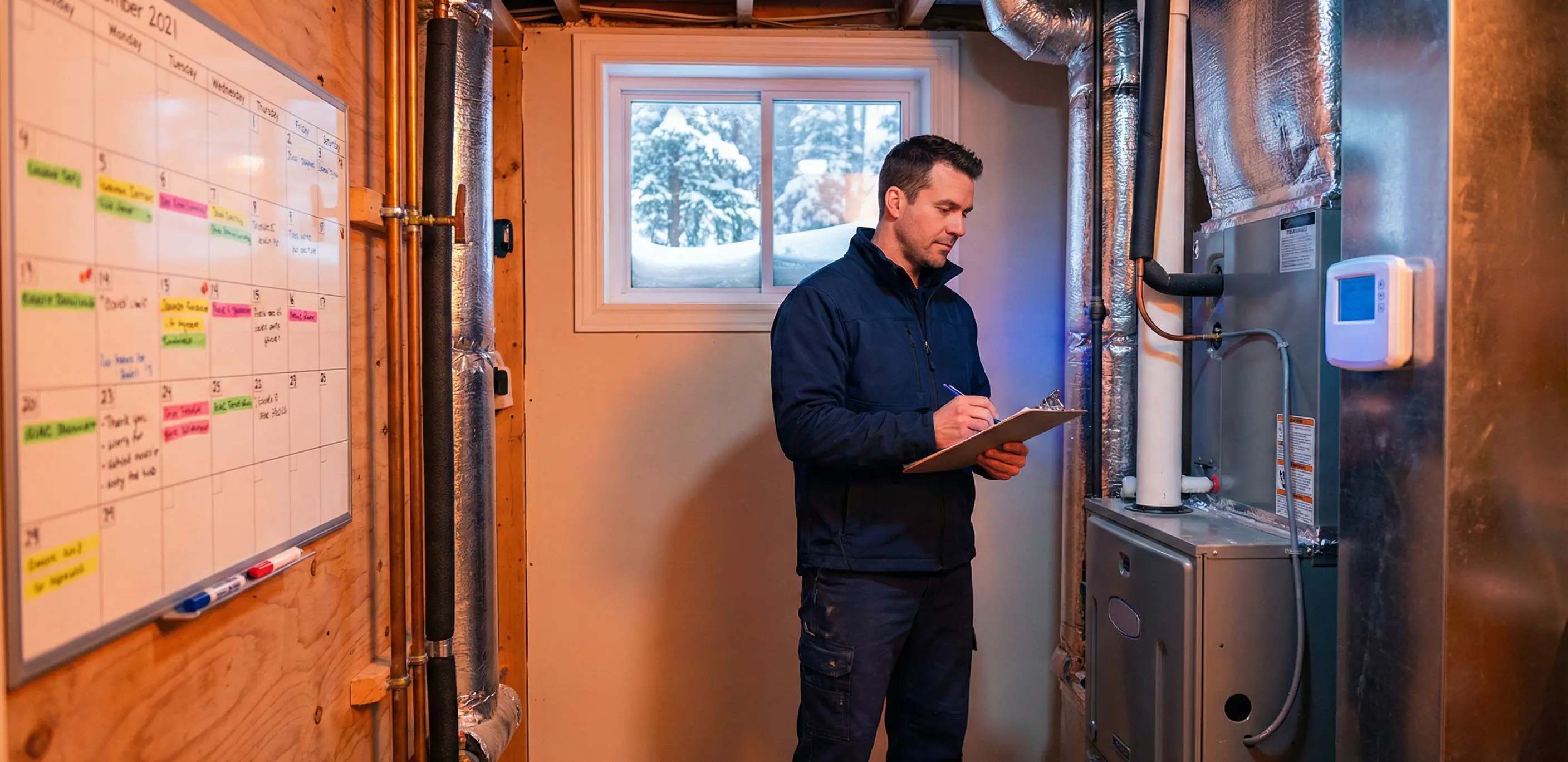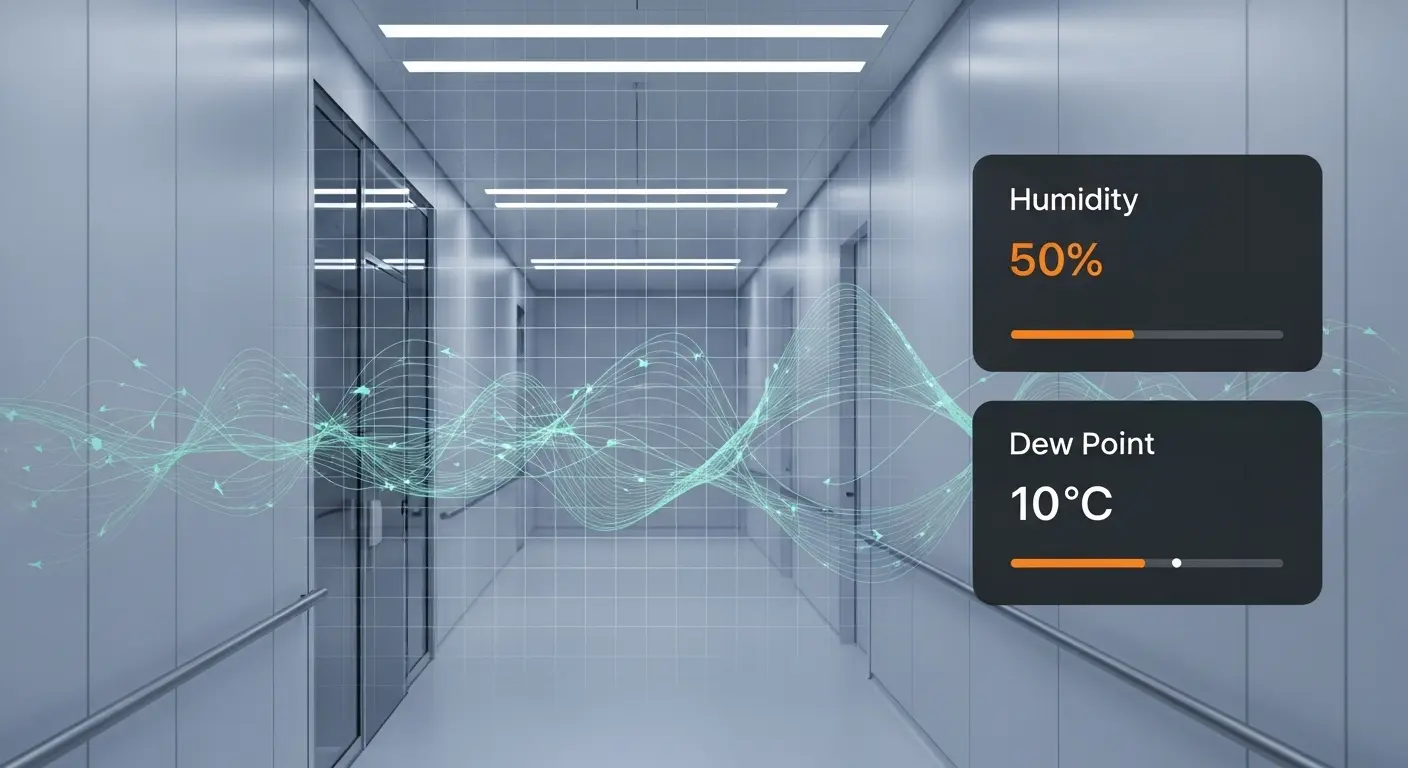HVAC
Quoting Complex HVAC: How AI Can Untangle Multi-System Bids and Special Parts

Quoting Complex HVAC: How AI Can Untangle Multi-System Bids and Special Parts
A commercial HVAC system is a lot like the human body. Every component—from the central plant to the VAV boxes to the ductwork that acts as the system's arteries—has to work in perfect balance. If one part is off, the entire system's efficiency plummets. The same principle applies to quoting these complex jobs. One miscalculation in your bid, one missed special-order part, and your entire profit margin can collapse.
For HVAC contractors, quoting complex, multi-system projects is one of the highest-risk parts of the job. It’s a manual, time-consuming process of deciphering dense mechanical plans, sourcing dozens of unique components, and calculating load and airflow requirements. This complexity is why even seasoned professionals struggle with bidding accuracy—and why many contractors are hesitant to bid on more complex, and potentially more profitable, projects.
The Anatomy of a Failing Bid: Where Complex Quotes Go Wrong
Quoting a multi-story office building or a specialized industrial facility isn’t just a bigger version of a residential job; it’s a different beast entirely. The system isn’t just one furnace and an AC unit; it’s an interconnected network of chillers, boilers, air-handling units (AHUs), and terminal units, all with unique specifications. Here’s where the real pain points lie:
- The Manual Calculation Nightmare
Calculating heating and cooling loads for a large, zoned commercial space is intensely manual. You’re juggling square footage, occupancy, insulation values, and window specs across multiple floors and zones. A single error in these calculations throws off the equipment sizing for the entire project. Improperly sized equipment is a well-known efficiency killer, driving up energy use and shortening equipment life — and it can do so even in brand-new commercial installations. If that error forces field changes, rework alone can swallow 20–25 % of total project cost. - The “Special Parts” Black Hole
Complex jobs mean specialized, long-lead-time equipment. Sourcing pricing and availability for a specific model of a commercial chiller or a custom-fabricated AHU can take days of phone calls and emails. By the time you get the numbers, they might already be outdated, leaving your bid exposed to material price volatility that has become increasingly unstable across HVAC equipment categories. - The Ductwork Drafting Drain
Laying out and sizing ductwork is a science. You have to account for static pressure, friction loss, and airflow velocity to ensure every zone gets the air it needs. Manually drafting this and creating a full materials list is tedious and ripe for error. According to testing data summarized by the National Comfort Institute, duct leakage alone can rob a system of 30 % of its cooling capacity.
A Systems-Based Approach to Quoting
To fix a complex system, you need to understand how all the parts interact. The same is true for quoting. Modern construction estimating software offers a systematic, AI-powered approach that addresses these challenges head-on.
- Automated Take-Offs from Plans – Instead of spending hours with a scale ruler, you can upload the mechanical plans (PDFs) directly into the system. AI analyzes the blueprints, identifies all major equipment, quantifies ductwork, and generates a comprehensive material list in minutes. One large Florida contractor reported that its estimators cut manual take-off time from 50 % of their week to just 10% after adopting AI-driven tools.
- Real-Time, Spec-Sheet Sourcing – For that custom chiller, the AI doesn’t just guess. It can tap supplier databases live, pulling current pricing and lead times for every major component, eliminating the “phone-tag” delay that lets volatile material prices outrun your bid.
- Intelligent System Validation – A sophisticated AI doesn’t just list parts; it understands the system. It can flag a potential mismatch, like a VAV box that is undersized for the ductwork it’s connected to or an AHU that doesn’t meet the specified SEER rating for that region, providing a built-in peer review before you ever send the proposal.
How Trade Agent Creates System Cohesion
At Trade Agent, we built our AI-powered platform to think like a systems engineer. Upload a set of complex mechanical plans and our AI agent, Arti, doesn’t just count symbols. It analyzes the interconnected system, flags inconsistencies between plans and spec sheets, and automatically sources real-time pricing for even the most specialized components. Days of manual work and uncertainty collapse into a streamlined, data-driven process, so you can bid on more complex jobs with confidence.
Conclusion: Build Bids as Reliable as Your Systems
Your reputation is built on designing and installing HVAC systems that are balanced, efficient, and reliable. Your bidding process should meet the same high standard. By leveraging AI project estimates, you move from manual calculation and guesswork to a systematic approach that ensures accuracy, protects your margins, and allows you to take on bigger, more profitable projects.
Proof in Practice: Even on massive infrastructure work, AI-assisted estimating is slashing timelines. Zachry Construction trimmed 28 days out of its schedule development on a $149 million highway project by running 60 AI-generated scenarios in minutes rather than weeks.
Ready to see that speed on HVAC? Sign up for your free Trade Agent trial and watch Arti turn photos and plans into professional estimates in minutes.
FAQ
Q: Can AI really understand the difference between different types of HVAC equipment on a plan?
A: Yes. Modern AI models are trained on vast datasets of mechanical plans and equipment symbols and routinely achieve recognition accuracy in the high-90 % range in field tests.
Q: How does the software handle regional differences, like high-altitude requirements in Colorado?
A: Trade Agent’s rules engine incorporates altitude de-rating tables similar to those published in ASHRAE fundamentals; when you set the project location to Denver, it auto-applies the required airflow and capacity adjustments.
Q: What’s the ROI on using a tool like this?
A: Contractors adopting AI take-off and estimating tools report first-year savings of nearly $1 million in estimator labor alone on large portfolios [Construction Leadership Network case study, above]. Add in reduced rework (20–25 % of project cost, see IRJMETS study) and the payback is typically measured in months, not years.
Q: Is it difficult to learn how to use this kind of software?
A: The interface is built for tradespeople first, with natural-language prompts and visual plan mark-ups. If you can navigate Google Maps, you can navigate Arti.
Q: Can I still manually adjust the AI-generated bid?
A: Absolutely. The AI-generated estimate is a highly accurate starting point; you always have final control over every line item.
Similar posts
Book Your Demo


















